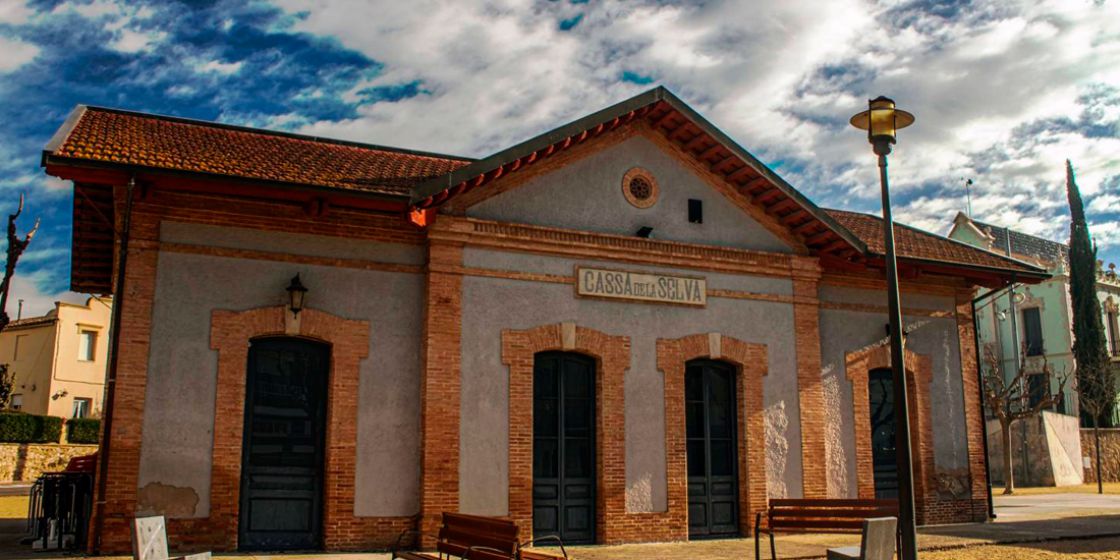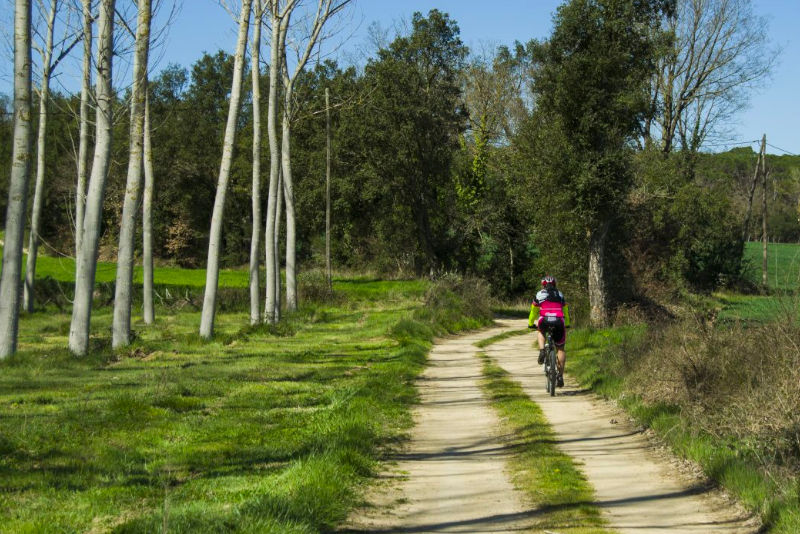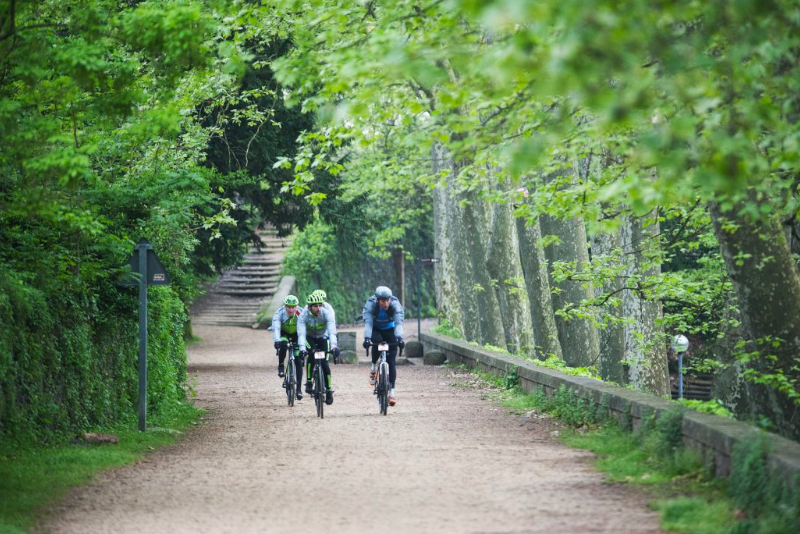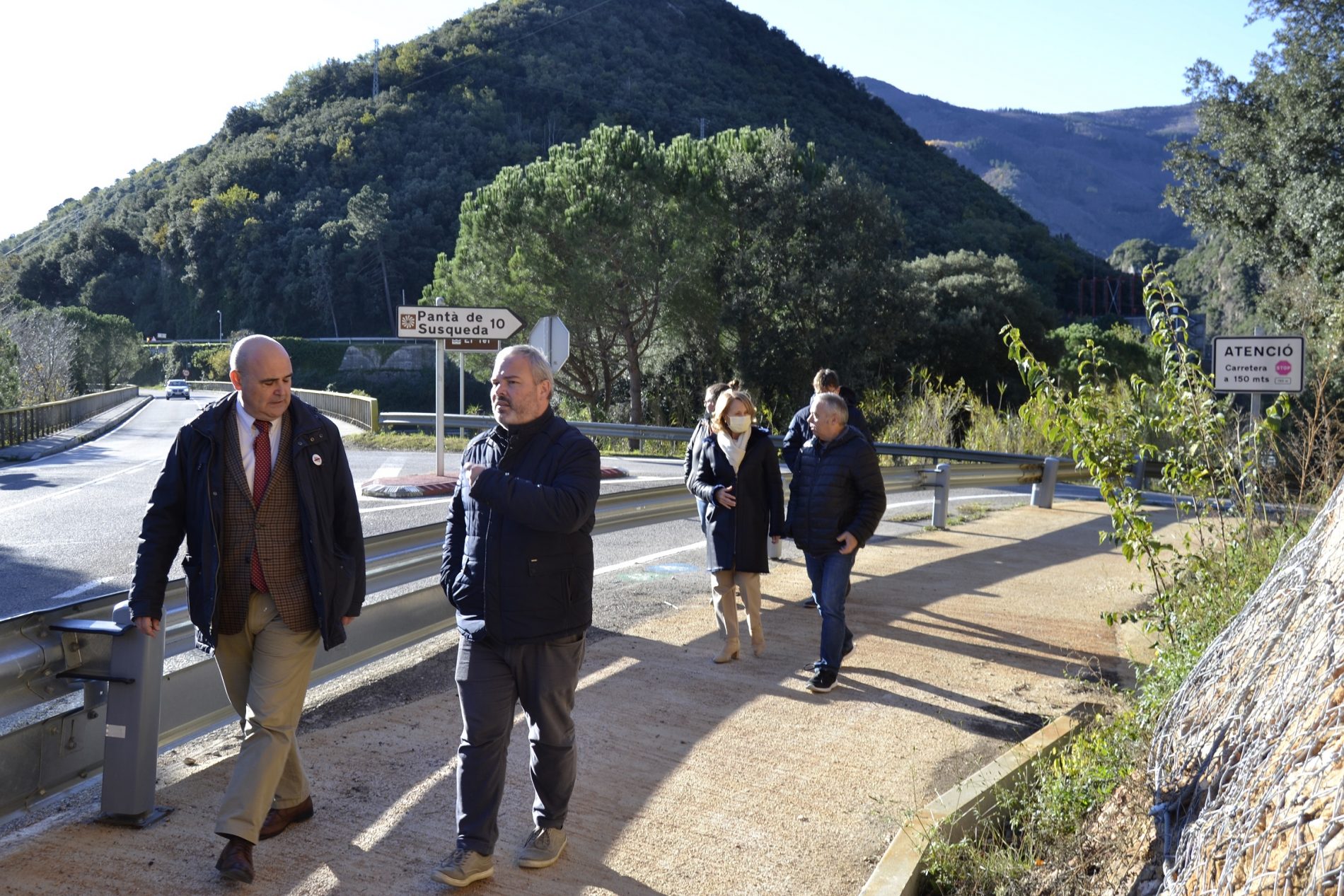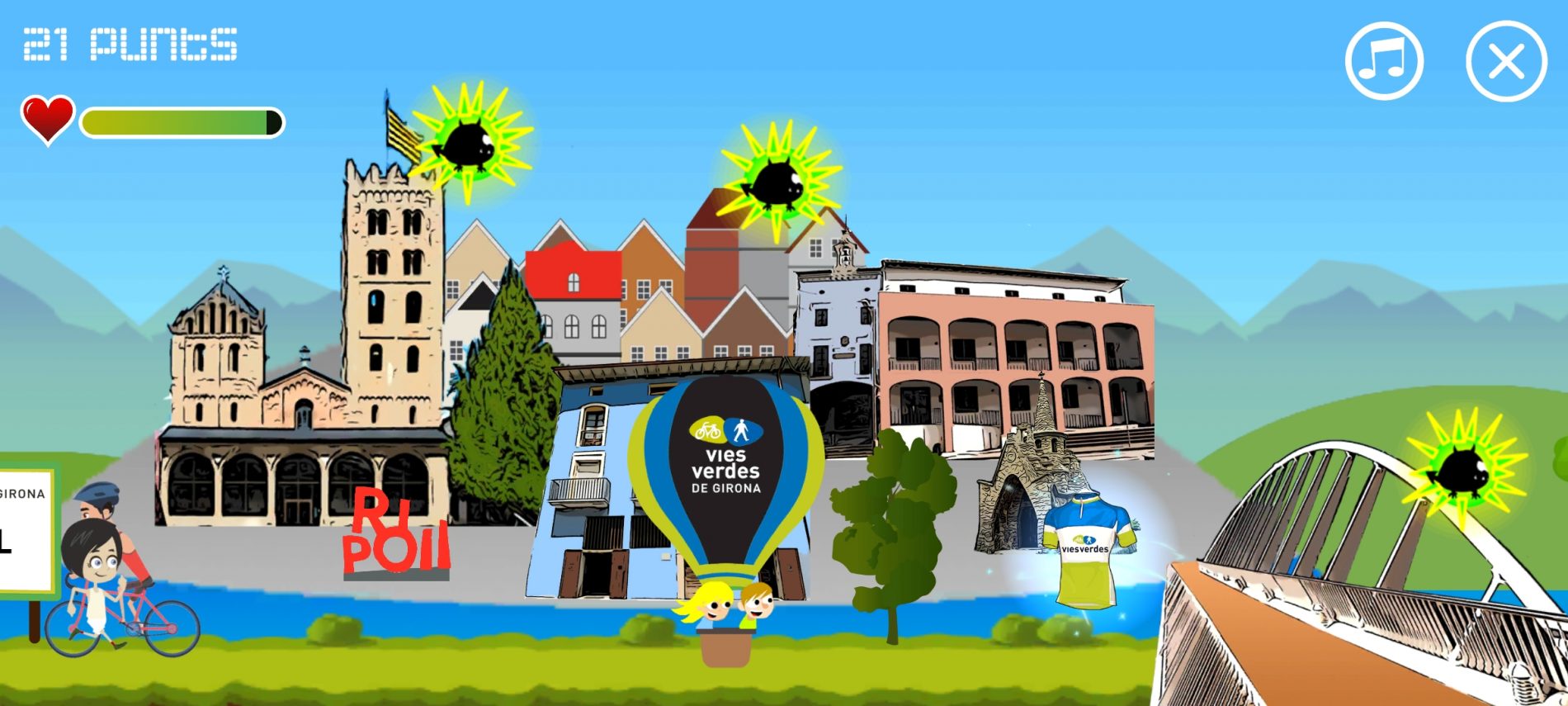What to visit
Cassà de la Selva
Thermal Greenway
1. CAN VILALLONGA
Route of the use of water. A comfortable itinerary designed by the Consorci de les Gavarres, of only 3 km, and affordable for families, completely follows the constructions related to the ancient use of water in the Can Vilallonga estate. The lock, the underground pipeline of 1600 m, 5 aqueducts and the irrigation pond, probably built in the 18th century are relevant examples of this space, currently declared a Zone of Ethnological Interest (ZIE).
Can Vilallonga is a forest estate, property of INCASOL, managed since 2002 by the Consorci de les Gavarres. The route is dedicated to the memory of Jaume Abel Planagumà, who was in his last years of being a masher and forestry worker of the farm.
2. CORK ROUTE IN THE VILA OF CASSÀ
The cork route to the town of Cassà is the best way to discover the interesting elements of the urban nucleus. The history of Cassà de la Selva has closely linked to the cork industry started in the town in the 18th century. Throughout this urban route, you will discover heritage elements related to the workers’ world, together with the magnificent modernist houses that the owners of cork stoppers and large forest owners have built.
The cork route centered on the town of Cassà de la Selva begins at the station of the old Carrilet, the small train line inaugurated in 1892 to promote the cork industry and which linked the three cork villages of Sant Feliu de Guíxols, Llagostera and Cassà with the Girona station. In the three mentioned populations the evolution of the cork industry has been different and the only municipality where it not only stays but has an important economic weight at present, it is Cassà de la Selva, where the first years Of the 21st century there were still more than 500 workers employed in the cork industry and about 40 transforming companies, some of which with the most important productions of cork stoppers in the world.
3. ROUTE THROUGH THE NEIGBORHOOD OF ESCLET
This itinerary is a stroll through the agricultural plots of the south of Cassà de la Selva. The relief, soft, allows you to see the massif of Gavarres and Cadiretes. We will take a walk through one of the neighborhoods of Cassà, passing through farmhouses like Vilabella, testimonies of the important agricultural activity. On the way, we will find milestones, in front of the farmhouses, in the hermitage or in the margins of the fields. During the walk we will also be accompanied by unique trees, some of them cataloged as trees of local interest in the municipality of Cassà. Oak, ash, cork and some almez are some examples. We will visit the hermitage of Sant Vicenç and the Masia de Vilabella, with a high historical value, within a natural setting with landscape values of the same order of importance, the natural fields of Esclet. Reserve of flora and fauna, which is flooded with rains. If herbaceous composition makes great biodiversity both of flora and ornithological and invertebrate fauna. This landscaped mosaic has other natural environments such as La Riera de la Verneda, mixed boards and the margins of fields that make the promenade have a special natural and landscaping charm, especially in spring. Finally, we will find references to the past, such as the Carrilet de Girona to Sant Feliu de Guíxols and the Aviation Field built during the Civil War.
